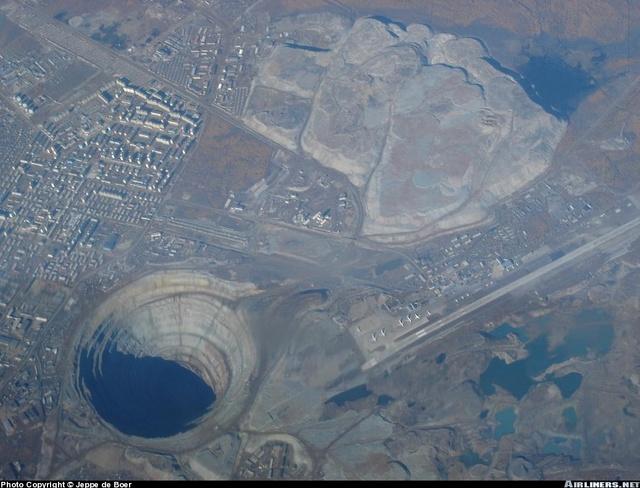
For my Philadelphia friends, this post comes with a disclaimer: I am a huge and slightly crazy LSU fan. So much so that at 1am on a Sunday night, when I should be sleeping to prepare for two long days of research ahead, I am kept awake by the thoughts of why my team is falling apart this year.
One of the main reasons college football scoring, and particularly SEC scores, and even more specifically LSU’s opponent’s scores, have gone up in the past few years is because of the innovations of new offensive schemes. Chief among these new innovations are two offensive schemes: the spread offense (Florida is the best at this right now) and the Wildcat running attack (also called the Wild Hog in Arkansas, the Wild Rebel in Mississippi, and I’m sure it has other nicknames as well. If you follow the NFL and not college, it’s what the Dolphins are using with Ricky Williams and Ronnie Brown in the backfield).
As these innovations have developed, what bothers me most is that defenses have approached these new schemes with the same philosophies that have worked on other offenses in the past 10-20 years: Nickel or Dime packages, the 3-4, or 4-3. DEFENSES NEED TO INNOVATE TOO!!!
I love defense! Actually, I love a good defense of a team I care about (LSU), way more than I love that team’s ability to run up 50 or 60 points on their opponent. I want to see my team’s defense shutout the opposition. I want it to mean something for an LSU opponent to score more than 14 points on them in any game. And so, I’m proposing a new defensive scheme as an approach to dealing with the innovations of the spread or wildcat offenses. It’s the 2-5. Or maybe I’ll call it the 2.5.
Here is what the base defense would look like (apparently at the top of this blog):
It would have two down lineman and five linebackers/defensive ends/athletes like nickel backs that played off the line at the snap of the ball. Of the remaining four defenders, two safeties and two corner backs would cover the perimeter of the defensive scheme. On the weak side of the offensive formation, the cornerback (the best cornerback on the team) would play press coverage, man-to-man with the safety on that side spying the run or giving help on the receiver (similar to cover two). On the strong side of the offensive formation, one cornerback, one safety, two linebacker/nickel backs (or more) would zone the remaining receivers in the formation. Everyone else would crash in on the line of scrimmage according to different blitz packages or in anticipation of the spread run option.
The idea is to limit the amount of people that the offense can key on as weak points on the field from the start of the play. Additionally, with only two down lineman on defense and everyone else crashing the offensive line, it would quickly wear on the offensive line’s strength and stamina throughout the game. It would also play a physical toll on the defenders that crash the line, so the team would need to have more than one group of competent “linebackers” that could alternate in and out throughout the course of the game, but if LSU recruits well, they have the talent on their team to do this.
Any thoughts?


